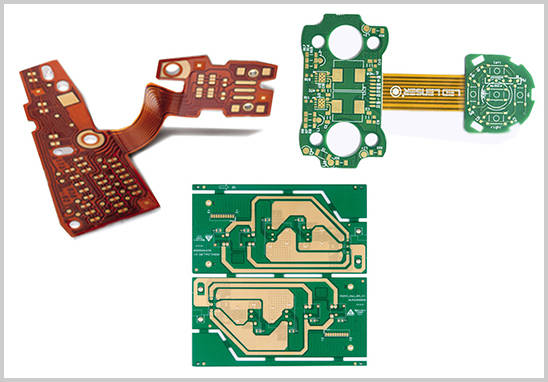+86 134 0021 8776
+86 134 0021 8776
Apr. 01, 2025
PCB soft board and hard board in the structure, material and application field there are significant differences. The soft board consists of a flexible substrate, which is flexible and bendable, and is suitable for special scenarios such as mobile devices and wearable devices. The hard plate adopts rigid substrate, stable structure, and is suitable for ordinary electronic equipment. The cost of manufacturing soft boards is high and the process requirements are complex, while hard boards are relatively simple and economical. The selection of PCB type should be determined according to the application requirements and design requirements.
In the manufacture of electronic equipment, PCB (Printed Circuit Board) is a key technology. PCB can be divided into two types of soft board and hard board, they have significant differences in structure, materials and application fields. This article will analyze the difference between PCB soft board and hard board in depth.

Structural differences: PCB soft board and hard board have obvious differences in structure:
1) Soft board structure: PCB soft board is usually composed of a flexible substrate (such as polyimide), with soft characteristics. It adopts a collapsible and bendable design, which can adapt to complex three-dimensional shapes, so it is widely used in some small Spaces or occasions where bending is required.
2) Hard board structure: PCB hard board uses a rigid substrate (such as glass fiber reinforced epoxy resin), with strong characteristics. Its structure is relatively rigid, suitable for most common electronic devices, providing stable support and fixation.

Material differences: PCB soft board and hard board are made of different materials:
1) Soft board material: PCB soft board usually uses polyimide (PI) as the substrate. This high temperature resistant, soft and bendable material has excellent insulation properties and chemical stability for special environments and applications that require folding or bending.
2)Hard board material: The common substrate for PCB hard board is glass fiber reinforced epoxy resin (FR-4). This rigid material is very strong, has good electrical properties and mechanical strength, and is suitable for most common electronic devices.
Differences in application fields: PCB soft board and hard board have differences in application fields:
1) Soft board application: PCB soft board is widely used in some special scenarios due to its flexibility and bendability. For example, mobile devices, wearable devices, camera modules and other applications that require frequent bending are often used soft boards. Soft panels can also reduce weight and volume, meeting the need for lightweight and compact designs.
2)Hard board application: PCB hard board is suitable for general electronic equipment, such as computers, communication equipment, industrial control systems, etc. The rigid plate structure is stable and can provide better mechanical support and connections, suitable for carrying complex circuits and components.
Manufacturing costs and process requirements: PCB soft board and hard board manufacturing costs and process requirements are also different:
1) Soft board cost and process: Because soft board needs to use flexible substrates and special processes, the manufacturing cost is higher than that of hard board. The manufacturing process of soft board requires special flexible wiring technology and film packaging technology, which increases the difficulty of the process.
2) Hard board cost and process: Hard board using common glass fiber reinforced epoxy resin substrate and standard PCB manufacturing process, relatively simple, low manufacturing cost.
Previous: Cable price reason analysis
Next: How is PCB welded?
Hot Products
Navigation
+86 134 0021 8776
Floor 9, Aupu building, No. 395 XinShi North Road, Shijiazhuang Hebei, China
Request a Quote
